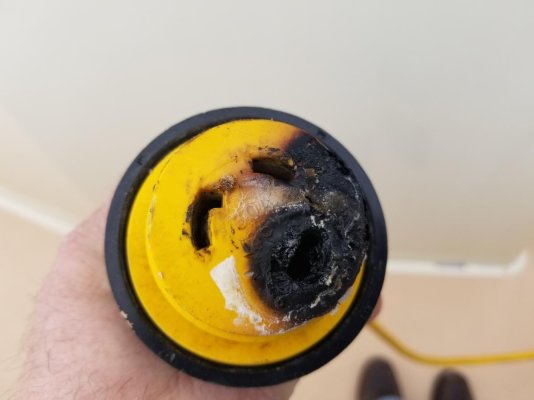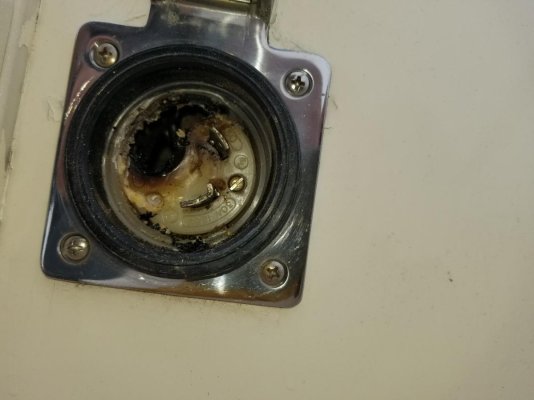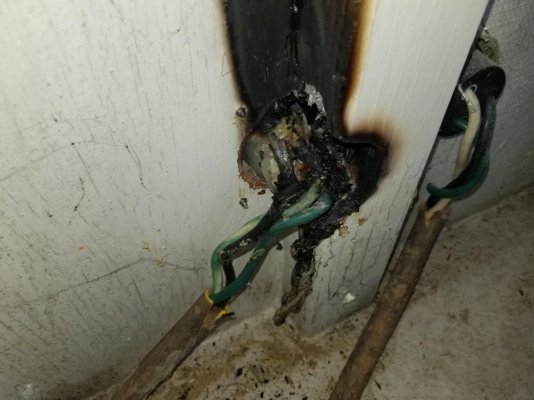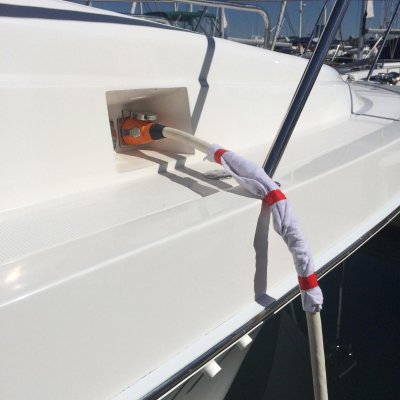Redhook98
Senior Member
- Joined
- Jun 26, 2019
- Messages
- 365
- Location
- US
- Vessel Name
- Tatoosh
- Vessel Make
- 1979 49ft Marine Trader RPH
Well, it was bound to happen. In 30 years of boating, I have never had a power plug issue, until this weekend. I was overdue I guess. All we had on was one 12k btu Heat/AC unit and a 1500w bilge heater on that side. Ran all day just fine. Went in for dinner and came out to no power. This is what I found. Nice. Normally two heat/AC units would be on that side, plus microwave and one of the water heaters (plus battery chargers, plugs, etc).
Bought a full set of SmartPlugs to replace both connectors on both sides of the boat and on the cables. I have four total power input plug areas on the boat.
I was lucky. This could have been bad.
Bought a full set of SmartPlugs to replace both connectors on both sides of the boat and on the cables. I have four total power input plug areas on the boat.
I was lucky. This could have been bad.




